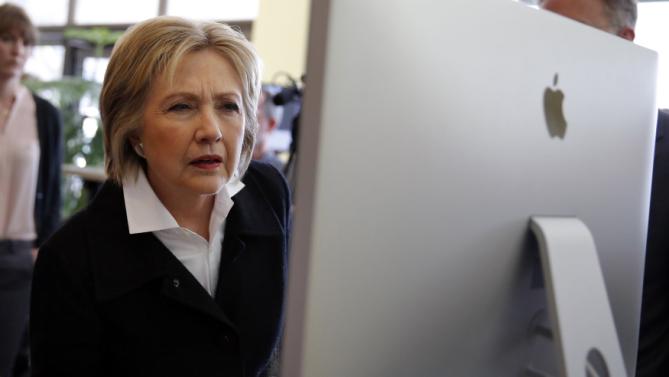
- U.S. Democratic presidential candidate Hillary Clinton looks at a computer screen during a campaign stop at Atomic Object company in Grand Rapids, Michigan, March 7, 2016. REUTERS/Carlos Barria

- U.S. Democratic presidential candidate Hillary Clinton listens during a campaign stop at Atomic Object company in Grand Rapids, Michigan, March 7, 2016. REUTERS/Carlos Barria
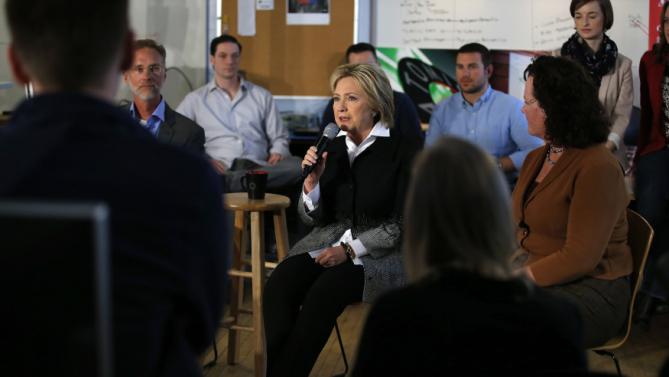
- U.S. Democratic presidential candidate Hillary Clinton speaks to employees during a campaign stop at Atomic Object company in Grand Rapids, Michigan, March 7, 2016. REUTERS/Carlos Barria
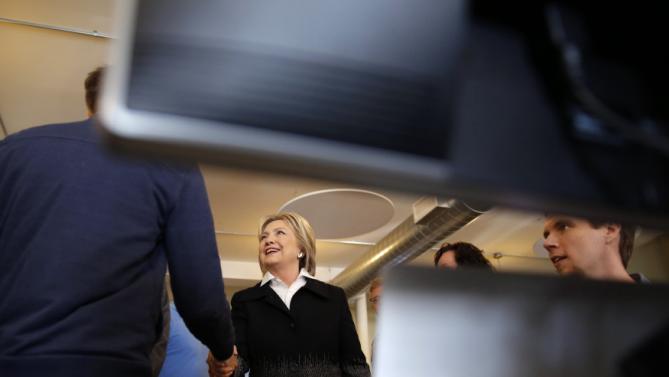
- U.S. Democratic presidential candidate Hillary Clinton shakes hands with employees as she visits Atomic Object company during a campaign stop in Grand Rapids, Michigan, March 7, 2016. REUTERS/Carlos Barria
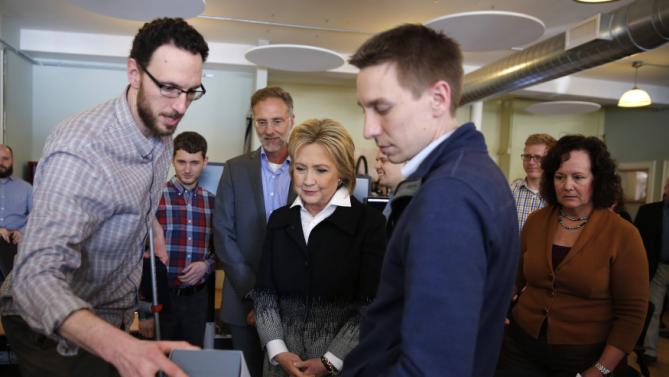
- U.S. Democratic presidential candidate Hillary Clinton talks to employees as she visits Atomic Object company during a campaign stop in Grand Rapids, Michigan, March 7, 2016. REUTERS/Carlos Barria
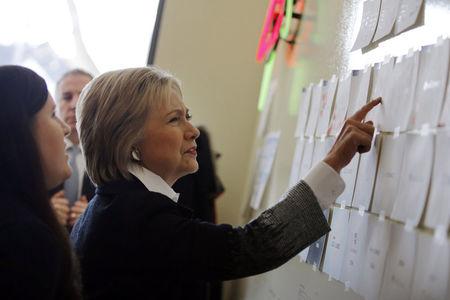
- U.S. Democratic presidential candidate Hillary Clinton visits Atomic Object company during a campaign stop in Grand Rapids, Michigan, March 7, 2016. REUTERS/Carlos Barria
Bernie Sanders offered anger and sympathy to the people of Flint. Hillary Clinton sent an action team and immediately set forth to find actors to effect solutions.
Bernie smoldered, flared, fanned the flames of anger against the machine (translated: Wall St.) while Hillary was able to coolly explain how her actions served as a fire extinguisher against the financial and jobs crisis of '08-'09.
Bernie's slash-and-burn style is deeply rooted in his 60s radical past. Hillary's sober solutions reflect her history of listening - to parents of kids not in school when she was a young lawyer, to folks lacking medical insurance as FLOTUS, to injured and ill first responders as NY Senator, to civil and women's associations across the globe as secretary of state, and to citizens of every age across the nation as presidential candidate - and then seeking ways of addressing the issues. Nowhere is the difference between the alienated, angry young man and the methodical, engaged young woman starker than on the debate stage.
The original angry young man, Saul Alinsky, who wrote Rules for Radicals, was sufficiently impressed by a young Hillary Rodham to have offered her a job. She turned it down, put herself through Yale Law, and went to work solving problems one at a time from the inside. The choice remains the same as it was in the 1960s: sweep everything away and start over (aka Revolution) or make changes, often incrementally, from inside the system (aka "the establishment").
Nowhere are the contrasts of the late 60s and early 70s starker than on a debate stage. History lesson here: changes did come about - from within. Now, in the 21st century, more needs to be done. We see, in side-by-side debates, who has the plans, the history, and the cool head to lead us forward. Or, if you prefer, we can just knock it all down and begin again from scratch - essentially giant steps backward.

